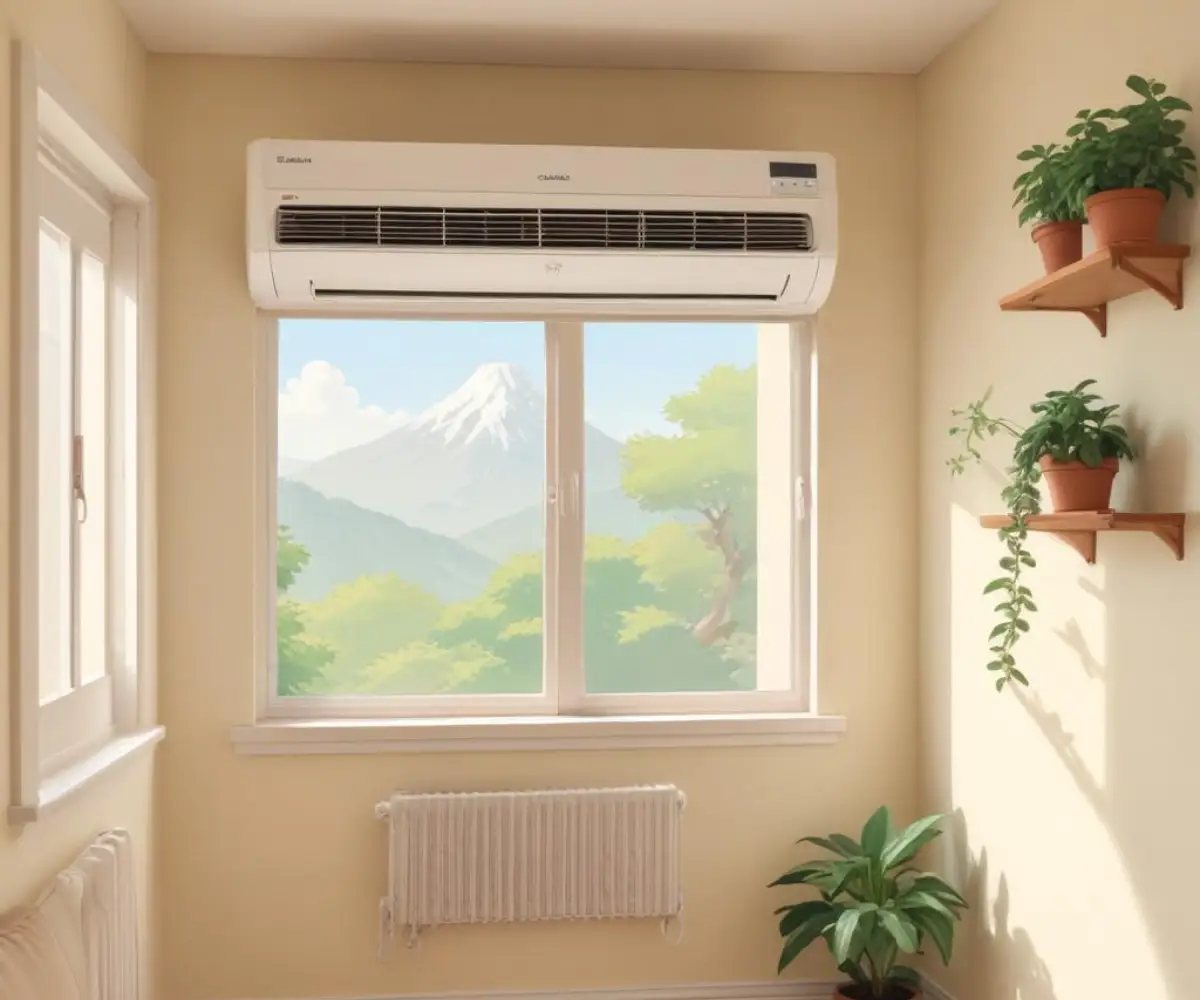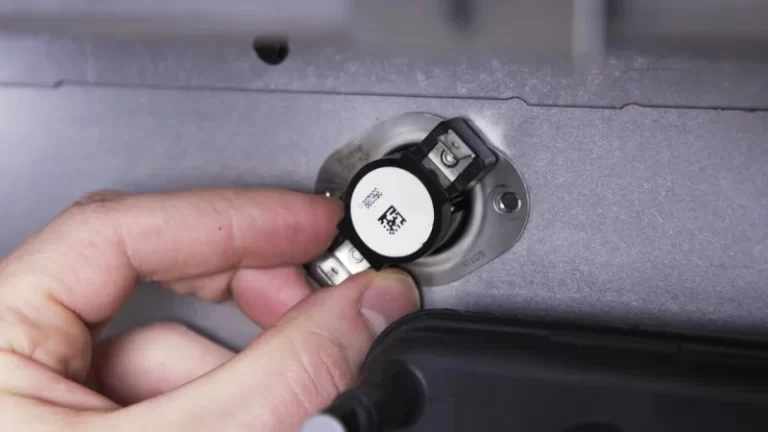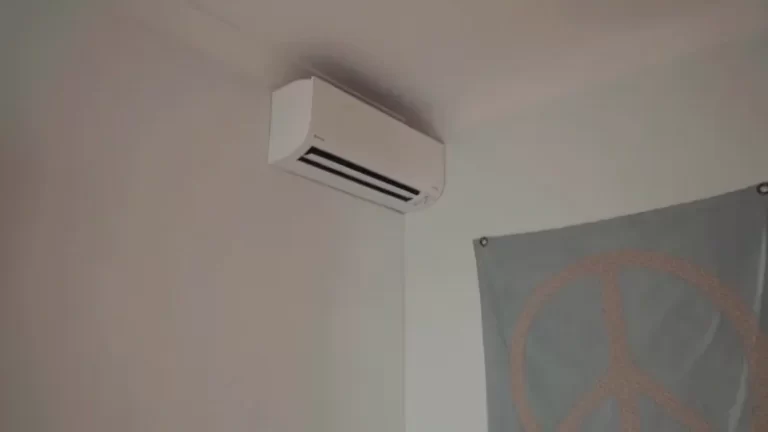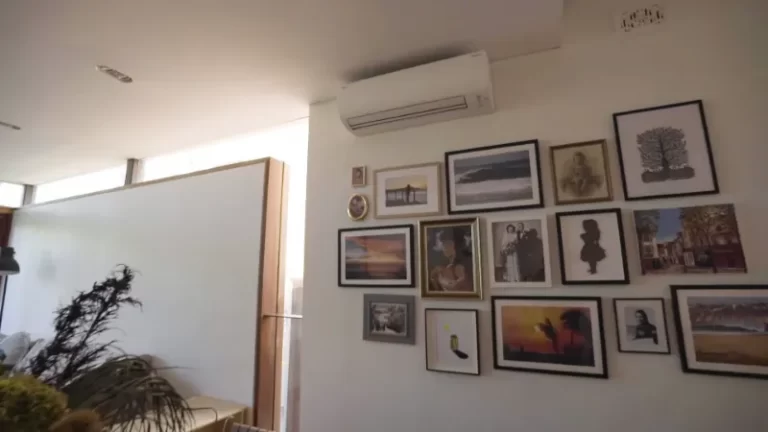Blue Ridge Mini Split vs Mitsubishi: The Ultimate Showdown for Your Home’s Comfort
Choosing a new heating and cooling system is a significant investment, and the sheer number of options can feel overwhelming. You’re looking for efficiency, reliability, and a price that doesn’t break the bank. In the world of ductless mini splits, two names often come up: Blue Ridge and Mitsubishi.
On one side, you have Mitsubishi, a global giant with a long-standing reputation for premium quality and cutting-edge technology. On the other, you have Blue Ridge, a more budget-friendly brand that has gained popularity for its solid performance and accessibility. This guide will cut through the noise, offering a comprehensive, head-to-head comparison to help you decide which brand is the perfect fit for your home, your climate, and your wallet.
You'll Learn About
The Core Conflict: Upfront Savings vs. Long-Term Investment
The primary difference between Blue Ridge and Mitsubishi boils down to a classic dilemma: saving money now or investing in a premium product for potential long-term benefits. Understanding the philosophy behind each brand is the first step in making an informed choice.
The Allure of Blue Ridge: High Value on a Budget
Blue Ridge is a private-label brand, primarily sold by retailers like Alpine Home Air and manufactured by Midea, one of the largest HVAC manufacturers in the world. This business model allows them to offer competitively priced systems by eliminating middleman markups. Their target audience is often the budget-conscious homeowner and the savvy DIYer who is comfortable handling a portion of the installation.
The main attraction of Blue Ridge is its significantly lower upfront cost for the equipment itself. For homeowners tackling a renovation, finishing a basement, or adding comfort to a garage or workshop, the initial savings can be a deciding factor. They offer a range of systems from single-zone to five-zone setups, making them a versatile option for various projects.
The Power of Mitsubishi: A Legacy of Innovation and Reliability
Mitsubishi Electric is a pioneer in the HVAC industry, renowned for its engineering excellence and robust, long-lasting products. Their systems are synonymous with whisper-quiet operation, exceptional efficiency, and advanced features that provide unparalleled comfort. Homeowners who prioritize reliability, low noise levels, and superior performance, especially in extreme climates, often gravitate toward Mitsubishi.
While the initial investment is considerably higher, Mitsubishi’s value proposition lies in its long-term performance and durability. Many users see it as an investment that pays off over the lifespan of the system through energy savings and fewer service calls. Their reputation is built on decades of innovation, resulting in features that other brands often try to replicate.
Feature-by-Feature Breakdown: A Head-to-Head Comparison
Beyond the price tag, the real differences emerge when you compare the specific features and performance metrics of each brand. From energy efficiency to cold-weather capability, here’s how they stack up.

Efficiency (SEER & HSPF Ratings): The Key to Long-Term Savings
Energy efficiency is a critical factor that impacts both your utility bills and your environmental footprint. The Seasonal Energy Efficiency Ratio (SEER) measures cooling efficiency, while the Heating Seasonal Performance Factor (HSPF) measures heating efficiency. Higher numbers mean greater savings.
Mitsubishi systems are known for their exceptionally high SEER ratings, with some models reaching up to 33.1, making them among the most efficient on the market. Blue Ridge also offers energy-efficient models, with SEER ratings that can go up to 25, which is still very respectable and provides significant savings over older HVAC systems. Making the switch from an older, less efficient central air system can lead to substantial cost savings, a topic you can explore further if you’re considering whether to replace central ac with mini split.
Performance in Extreme Climates: The Hyper-Heat Advantage
If you live in a region with frigid winters, this is where Mitsubishi truly distinguishes itself. Their patented Hyper-Heating INVERTER® (H2i®) technology is specifically designed to deliver outstanding heating performance in extreme cold. These units can operate at full capacity down to -5°F and continue providing heat down to -13°F, often eliminating the need for a secondary heat source.
Standard heat pumps, including many models from Blue Ridge and other brands, see their heating capacity diminish as outdoor temperatures drop, becoming less effective below freezing. While Blue Ridge does offer “Hyper Heat” models capable of heating in low ambient temperatures (some rated down to -22°F), Mitsubishi’s technology is widely regarded as the industry benchmark for cold-climate performance.
Technology and Smart Features
Mitsubishi systems often come packed with advanced technology aimed at maximizing comfort and convenience. Features like the 3D i-see Sensor™ scan the room for occupancy and temperature differences, directing airflow precisely where it’s needed. They also feature advanced filtration systems for improved air quality and can be controlled via their sophisticated Kumo Cloud app.
Blue Ridge systems offer the essential features needed for comfort, such as remote controls, timer settings, and quiet modes. Many models are also Wi-Fi capable, allowing you to control the unit from your smartphone. While they may lack some of Mitsubishi’s high-end sensors and proprietary coatings, they provide effective and straightforward climate control.
Noise Levels: The Sound of Silence
One of the most praised aspects of mini splits is their quiet operation, a stark contrast to the roar of a traditional window unit or central AC. Both brands perform well in this area, but Mitsubishi is consistently lauded as being whisper-quiet.
The indoor units of Mitsubishi systems can operate at sound levels as low as 19 decibels, which is quieter than a whisper. This makes them ideal for bedrooms, home offices, and other spaces where silence is golden. Blue Ridge units are also designed for quiet operation and are generally not disruptive, but Mitsubishi consistently maintains an edge in this category.
Cost Analysis: Upfront Price vs. Lifetime Value
Your budget will inevitably play a huge role in your decision. It’s crucial to look beyond the initial equipment cost and consider installation fees and long-term operating expenses.
The Initial Investment
There is no contest here: Blue Ridge equipment is significantly more affordable. A single-zone Blue Ridge system can cost anywhere from $729 to $2,599 for the equipment alone, while multi-zone systems range from approximately $2,000 to over $6,400.
A professionally installed Mitsubishi system will have a much higher starting price. A single-zone system can start around $4,900, with multi-zone systems easily exceeding $12,000, depending on the number of indoor units and complexity of the installation.
Installation Costs and Warranty
Installation is a major factor that can influence the total cost and the validity of your warranty. Blue Ridge is often marketed as a DIY-friendly brand, which can save homeowners thousands in labor costs. However, crucial steps like handling high-voltage wiring and charging the refrigerant lines require specialized tools and knowledge and, in many areas, a licensed professional to ensure safety and compliance.
Mitsubishi, on the other hand, strongly encourages—and often requires for the best warranty—installation by a certified Diamond Contractor™. These installers have received extensive training directly from Mitsubishi on proper installation and service practices. Hiring a Diamond Contractor grants you access to an exclusive 12-year warranty on parts and the compressor, one of the best in the industry. The standard warranty without a certified installer is significantly shorter, typically five years for parts and seven for the compressor.
Blue Ridge offers a solid warranty, often 5 years on parts and 7 years on the compressor, which can be extended with registration. However, it’s crucial to read the fine print, as some warranty claims may require proof of professional installation.
Comparative Overview Table
To summarize the key differences, here is a side-by-side comparison:
| Feature | Blue Ridge Mini Split | Mitsubishi Mini Split |
|---|---|---|
| Price Point | Budget-Friendly | Premium |
| Best For | DIYers, budget projects, secondary spaces (garages, workshops) | Long-term investment, primary residences, extreme climates |
| SEER Rating | Good (Up to 25) | Excellent (Up to 33.1) |
| Key Technology | Reliable basics, Wi-Fi control, some cold-climate models | Hyper-Heat for extreme cold, 3D i-see Sensor, Kumo Cloud |
| Noise Level | Quiet | Whisper-Quiet |
| Warranty | Good (Typically 5-7 years, extendable with registration) | Industry-Leading (Up to 12 years with a Diamond Contractor) |
| Installation | DIY-friendly with professional assistance required for electrical and refrigerant | Professional installation by a certified Diamond Contractor recommended |
Real User Reviews: What Homeowners Actually Say
Specifications on paper are one thing; real-world experience is another. A look at forums and customer reviews reveals a consistent pattern for both brands.
Common Praise for Blue Ridge
Many Blue Ridge owners are extremely satisfied with the value they received. They praise the systems for being effective at heating and cooling for a fraction of the price of premium brands. The support from their primary distributor, Alpine Home Air, is also frequently highlighted as being helpful and responsive.
Common Complaints about Blue Ridge
The most common complaints revolve around parts availability and finding local HVAC technicians willing to service a brand they didn’t install. Some users have reported issues with boards failing after a few years, and while the warranty may cover the part, the cost of labor for the repair falls on the homeowner. Leaks at flare connections are also a recurring issue, often tied to improper DIY installation.
Common Praise for Mitsubishi
Overwhelmingly, Mitsubishi owners rave about the quietness and reliability of their systems. Many describe them as “set it and forget it” units that perform flawlessly for years. The effectiveness of the Hyper-Heat models in brutal winters is a frequent point of praise for users in northern climates.
Common Complaints about Mitsubishi
The primary and almost sole complaint about Mitsubishi is the high upfront cost. Repairs can also be expensive due to proprietary parts and the need for certified technicians. However, reports of system failures are far less common compared to many budget brands.
The Final Verdict: Which Mini Split Should You Choose?
The decision between Blue Ridge and Mitsubishi ultimately comes down to your personal priorities, budget, and risk tolerance. There is no single “best” choice, only the best choice for your specific situation.
Choose Blue Ridge If…
- You are on a tight budget. The upfront savings on equipment are substantial and can make a project financially feasible.
- You are a skilled DIYer. If you have the tools and experience to handle most of the installation, you can save thousands on labor. Just be prepared to hire a pro for the final connections.
- The space is not your primary living area. It’s an excellent choice for a garage, workshop, or a rarely used guest room where a top-tier system isn’t necessary.
- You live in a moderate climate. If you don’t experience extreme winter temperatures, a standard Blue Ridge unit will likely provide all the heating power you need.
Even small home improvement projects can be rewarding. For instance, you might be surprised at what you can achieve with clever solutions like upside down shelf brackets for unique storage.
Choose Mitsubishi If…
- You are making a long-term investment in your primary home. The durability, efficiency, and superior warranty provide peace of mind for years to come.
- You live in a very cold climate. The Hyper-Heat technology is unmatched for reliable heating in sub-zero temperatures.
- You prioritize quiet operation and advanced features. If low noise is a must-have for a bedroom or nursery, Mitsubishi is the undisputed leader.
- You want a hassle-free, professional installation. Working with a Diamond Contractor ensures the job is done right and your investment is protected by the best warranty.
Ensuring your home is well-maintained, from the climate control inside to the perimeter outside, is key to its longevity. Even tasks like learning how to fill gap between fence post and house contribute to the overall integrity and comfort of your property.
Conclusion: Empowering Your Decision
Both Blue Ridge and Mitsubishi offer compelling products that serve different segments of the market effectively. Blue Ridge provides an accessible and affordable entry into the world of ductless comfort, making it a fantastic value proposition for the right customer. Mitsubishi represents the pinnacle of ductless technology, offering a premium experience with unmatched reliability and performance for those willing to make the investment.
By carefully evaluating your budget, climate, installation capabilities, and long-term priorities, you can confidently choose the system that will bring efficient, reliable comfort to your home for years to come.



